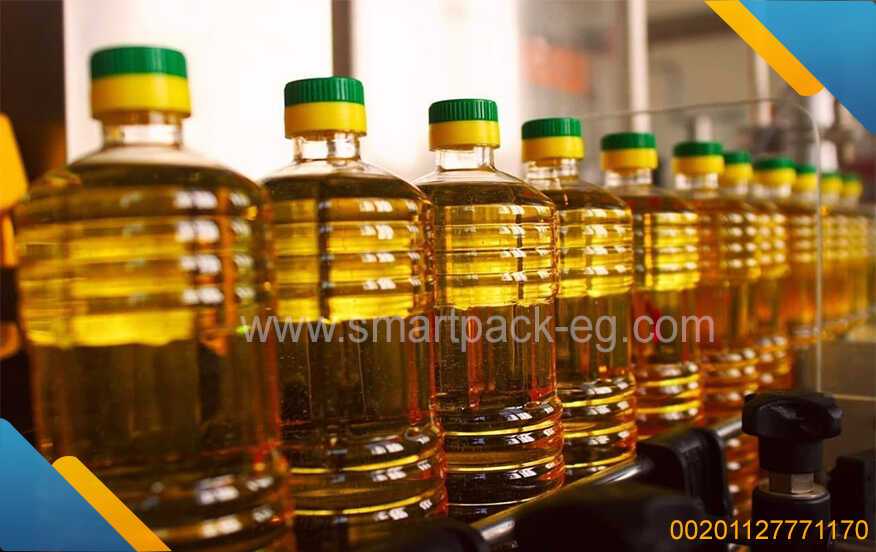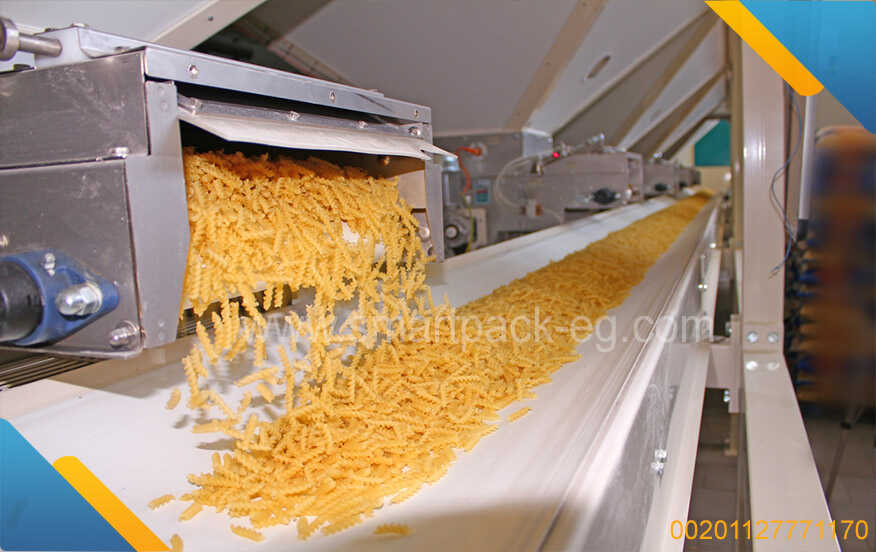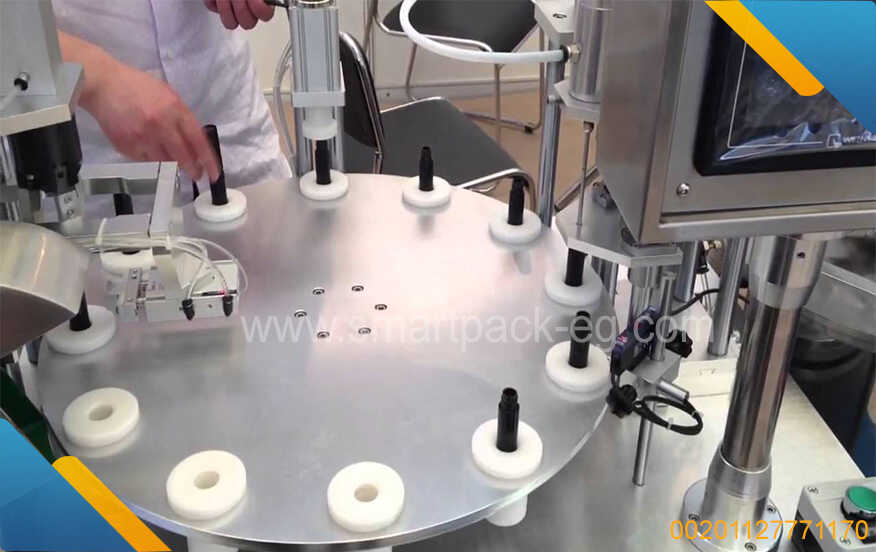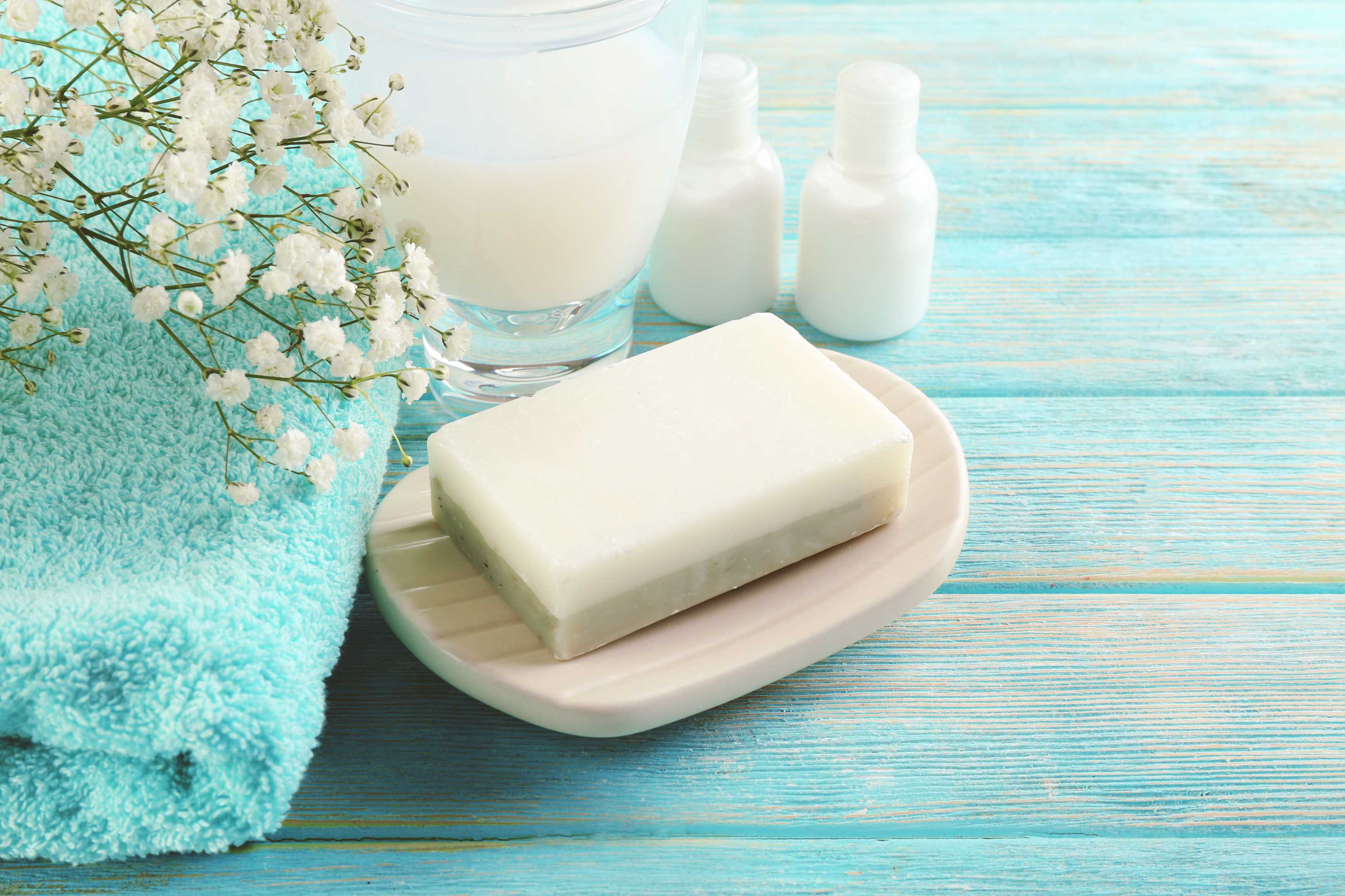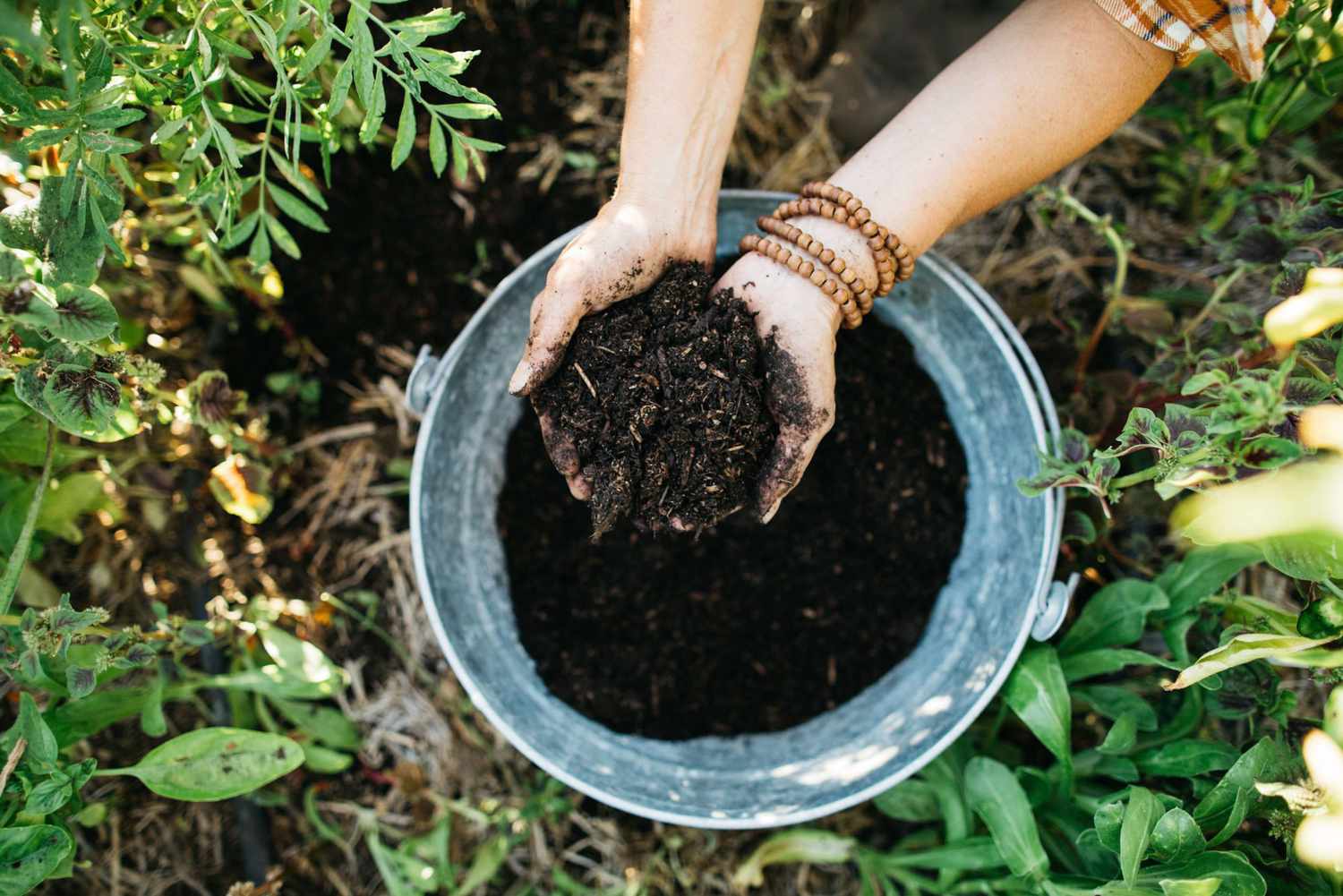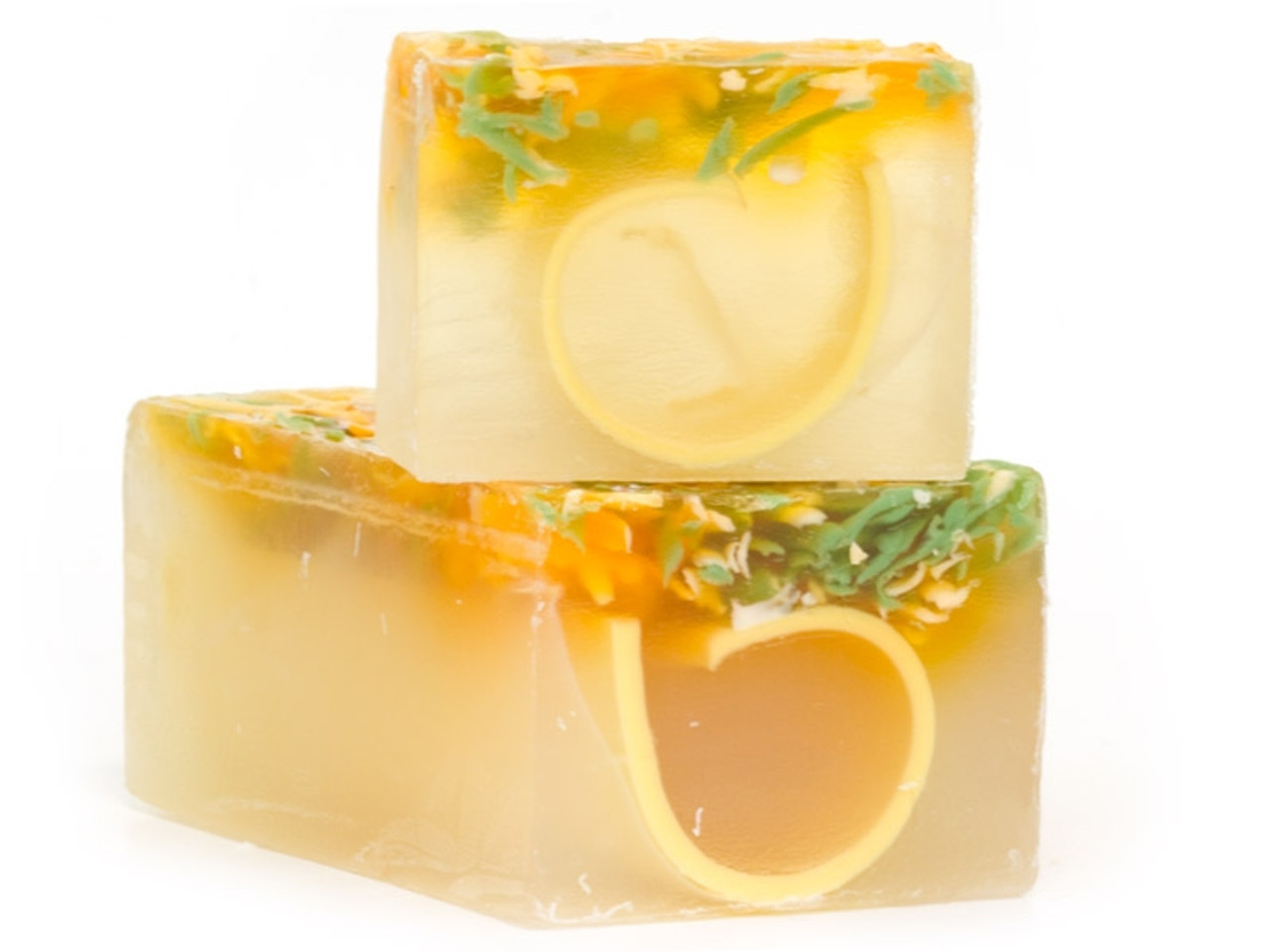How to Make Municipal Yeast
As an avid baker or cooking enthusiast, you may find yourself in need of yeast for your recipes. While purchasing yeast from the store is a convenient option, making your own yeast from scratch can be a rewarding and cost-effective alternative. In this guide, I will take you through the step-by-step process of making municipal yeast right in the comfort of your own kitchen.
Materials You'll Need:
Before we delve into the process, let's gather the materials required for making municipal yeast. You will need:
- Fresh fruits or vegetables: Apples, grapes, potatoes, or any other fruit or vegetable with a high sugar content can be used as a base for making yeast.
- Water: Filtered water is preferred to ensure the absence of any contaminants that may hinder yeast fermentation.
- Sugar: Regular white granulated sugar will serve as a food source for the yeast.
- Non-reactive container: Use a clean glass or ceramic container to facilitate the fermentation process.
- Cheesecloth or coffee filter: You will need this to cover the container and allow air circulation while keeping out unwanted particles.
- Rubber band: This will secure the cheesecloth or coffee filter on top of the container.
Step-by-Step Instructions:
Now that you have gathered your materials, let's get started on making municipal yeast. Follow these steps to create your homemade yeast culture:
Step 1: Prepare the Fruit or Vegetable Base
- Wash the fruit or vegetable thoroughly to remove any dirt or potential contaminants.
- Peel and chop the fruits or vegetables into small pieces. If using grapes, crush them slightly to extract the juice.
- Place the chopped or crushed pieces into the non-reactive container.
Step 2: Create the Yeast Culture
- Dissolve approximately 1 teaspoon of sugar in a small amount of warm water.
- Pour the sugar solution over the chopped fruit or vegetable in the container.
- Stir gently to ensure the sugar is evenly distributed.
Step 3: Fermentation and Maintenance
- Cover the container with a cheesecloth or coffee filter and secure it with a rubber band. This allows air to circulate while preventing insects or debris from entering.
- Keep the container in a warm, dark place, ideally between 68°F and 86°F (20°C to 30°C).
- Stir the mixture daily to aid in the fermentation process and prevent the growth of mold.
- Within a few days, you should start to see bubbling or foaming on the surface, indicating that fermentation has begun.
- Continue to feed the yeast by adding 1 teaspoon of sugar every day for the next 5-7 days. Stir well after each addition.
- After a week, your municipal yeast should be ready to use.
Tips and Considerations:
- To maintain the yeast culture, remove a portion of it to be used in your recipe, leaving a small amount behind as the starter for future batches. Replace the used portion with an equal amount of the fruit or vegetable base and sugar solution.
- If you notice any unpleasant smells or colors (other than the typical yeast-like aroma and cream color), discard the culture and start again.
- The fermentation time may vary slightly depending on factors such as temperature and the type of fruit or vegetable used. Patience and careful observation are key.
- Store your municipal yeast in the refrigerator to slow down the fermentation process. Remember to feed it regularly to keep it active.
Conclusion:
Making your own municipal yeast is a fascinating and hands-on process that can provide a sense of satisfaction and save you money in the long run. By following these simple steps and maintaining a healthy yeast culture, you'll always have a homemade yeast source readily available for your baking adventures. So go ahead, experiment, and enjoy the results of your homemade yeast creation!

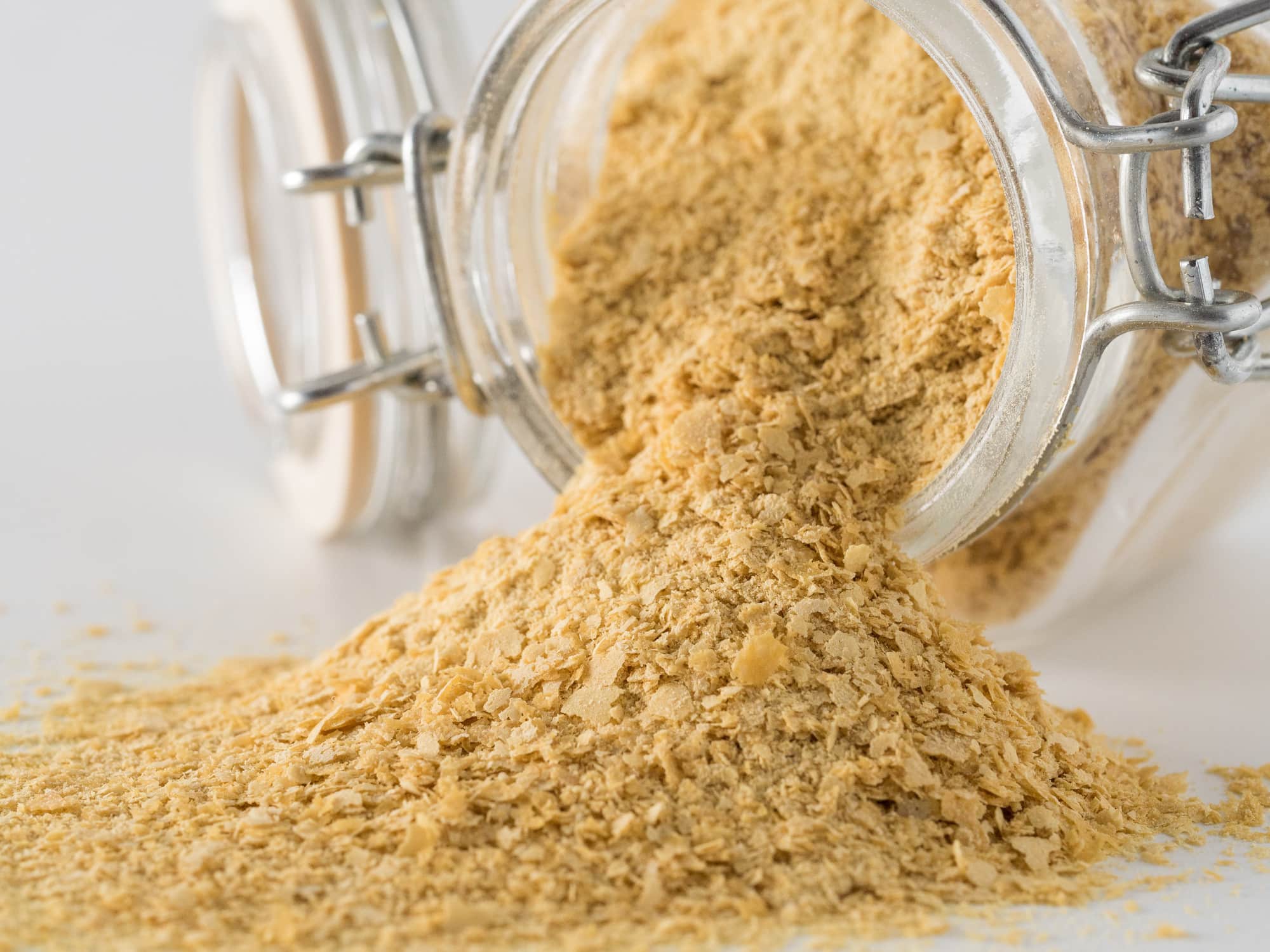
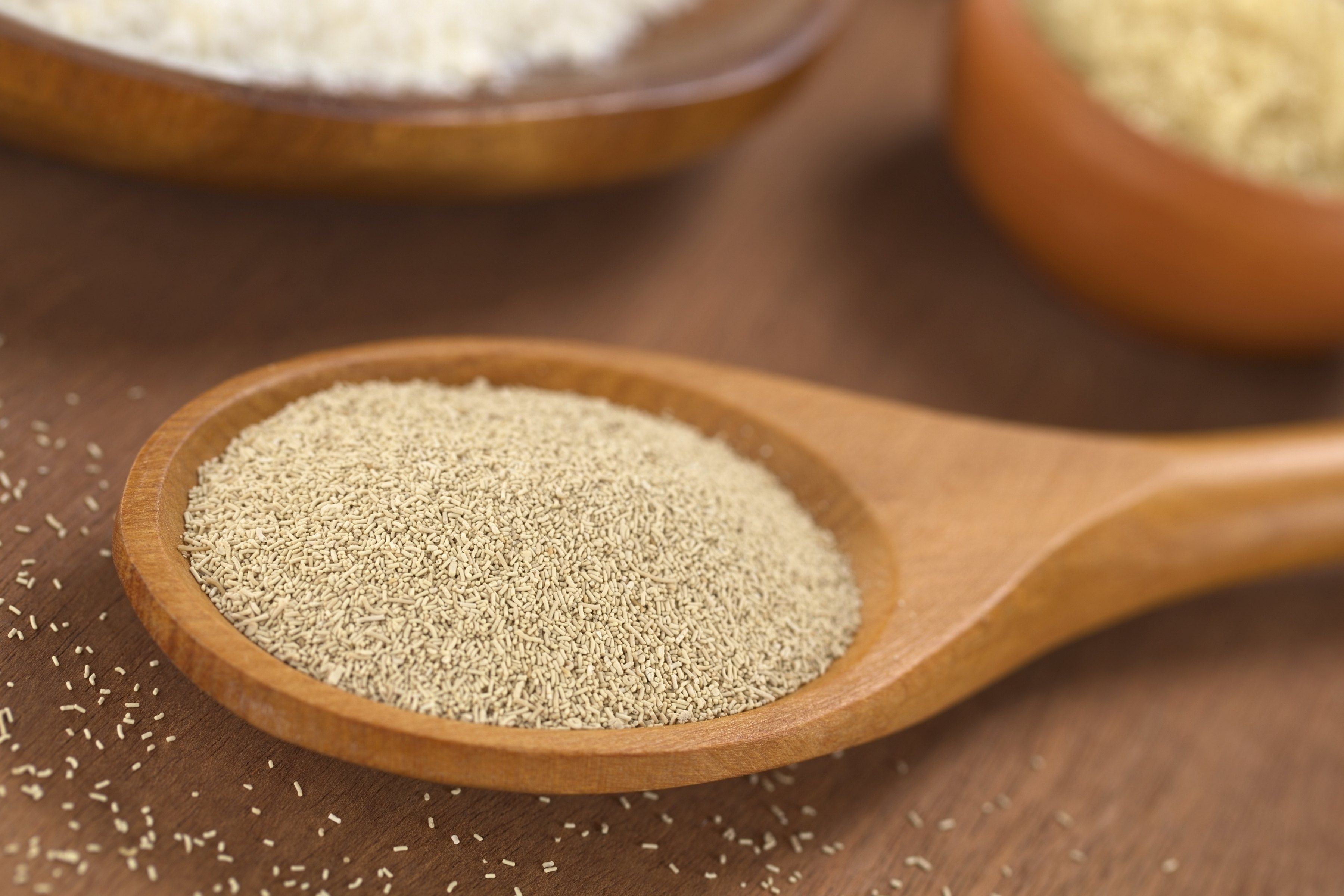
 Admin
Admin 